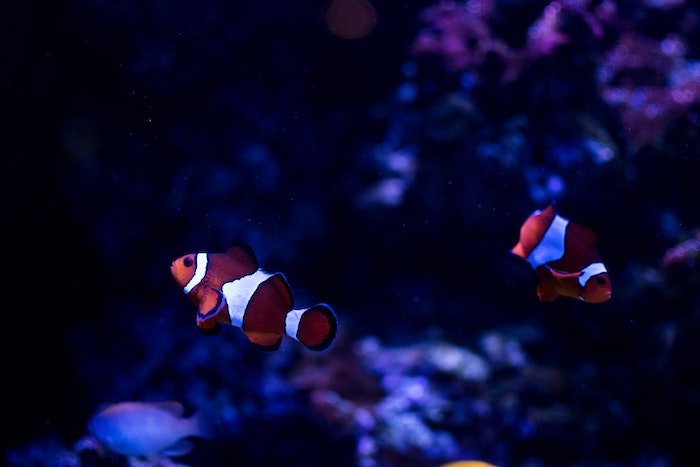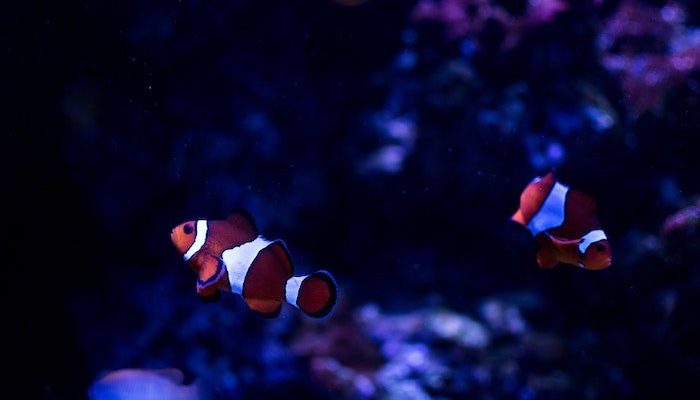
In this guide, I’ll walk you through the steps to ensure your clownfish adjusts well to your aquarium. Whether you’re a seasoned fish keeper or a newbie, these tips will help you create a stress-free transition for your aquatic friend. So grab your favorite drink, and let’s dive into the world of clownfish acclimation!
Why Acclimation is Important
You might be wondering, “Why does acclimation even matter?” Well, acclimation helps your clownfish adjust to differences in water parameters between the store and your home aquarium. These can include temperature, pH levels, and salinity. Just like you wouldn’t jump into a cold pool without warming up first, your clownfish needs a gradual introduction to its new environment.
If you skip this step, your fish might experience shock, which can lead to stress or even death. Stress is the enemy of a happy aquarium! It can weaken your clownfish’s immune system and make them susceptible to diseases. So, taking the time to acclimate properly is crucial for the health and longevity of your new pet.
Gather Your Supplies
Before you begin the acclimation process, let’s get your supplies ready. Here’s what you’ll need:
- A clean bucket or container (do not use soap!)
- A net for transferring your clownfish
- A thermometer
- Water testing kit (to check pH and salinity)
- Your trusty aquarium setup
Having everything on hand will make the process smoother. You wouldn’t want to interrupt the acclimation to search for a net! Plus, being organized helps reduce stress—for both you and your fish.
Temperature Matching
Once you have your clownfish in hand, it’s time to start the acclimation process with temperature matching. This step is super important because sudden temperature changes can shock the fish.
To get started, float the sealed bag containing your clownfish in your aquarium for about 15-20 minutes. This helps equalize the temperature between the bag and your tank. You might think of it like letting your cold drinks warm up a bit before downing them. If your fish is cold, it’s not going to want to swim around and explore!
After the time is up, it’s time to move on to the next step. Grab your thermometer and check the temperature of both the bag water and your tank water. They should be very close to one another before you proceed.
Gradual Water Mixing
Now that you’ve matched the temperature, it’s time to transition your clownfish to the water in your aquarium. This step helps adjust your fish to the chemical makeup of your tank water.
Here’s how to do it:
1. Open the bag and pour a small amount of your tank water into it.
2. Let the clownfish sit in the bag for another 10-15 minutes.
3. Repeat this process two or three times, gradually increasing the amount of tank water you add to the bag.
This slow mixture of water will help your clownfish slowly get used to the new environment. Honestly, it’s like introducing new friends at your party, giving them time to get comfortable with one another.
Transferring Your Clownfish
Alright, you’ve successfully mixed the water! Now it’s time for the big move. Using your net, gently scoop up your clownfish from the bag and place it directly into the tank. Try not to pour the bag water into your aquarium; it may contain harmful substances from the pet store.
When placing your clownfish in the tank, do so gently. You want to minimize stress and ensure a smooth landing. Watch as your little buddy explores its new home! This is often a fun moment, as clownfish are known for their curious nature.
Monitoring Your Clownfish
After your clownfish has been added to the tank, keep a close eye on it for the first few days. This is when your fish will be adjusting to its new surroundings.
Look for signs of stress, such as:
- Hiding for long periods
- Unusual swimming patterns
- Lack of appetite
If you notice any of these behaviors, don’t panic! It’s normal for fish to take some time to acclimate fully. Just ensure your tank conditions remain stable, and your clownfish will likely settle in. It’s like giving your friend a chance to find their groove at the party.
Long-Term Care and Support
Once your clownfish has acclimated, it’s essential to provide ongoing support. Keep the tank environment stable and feed your fish a balanced diet of high-quality flakes or pellets designed for marine fish. Don’t forget to maintain a regular tank cleaning schedule and perform water changes every couple of weeks.
A little bit of TLC goes a long way! Remember to keep testing your water conditions periodically to ensure everything is just right. Here’s the thing: a happy clownfish means a happy you!
When to Seek Help
Sometimes, despite your best efforts, things may not go as planned. If your clownfish continues to show signs of stress or if you suspect illness, it might be time to consult a vet who specializes in fish. They can provide insights and remedies to help your finned friend.
If you notice any odd spots, fin damage, or lethargy, don’t hesitate to take action. Just like a good host checks in on their guests, you want to keep tabs on your fish’s well-being.
In conclusion, acclimating a new clownfish to your aquarium is all about taking it slow and ensuring a stress-free transition. By following these steps, you’ll help your clownfish feel right at home. Remember, a healthy and happy fish will brighten your aquarium for years to come! Enjoy your new underwater friend, and happy fish-keeping!

